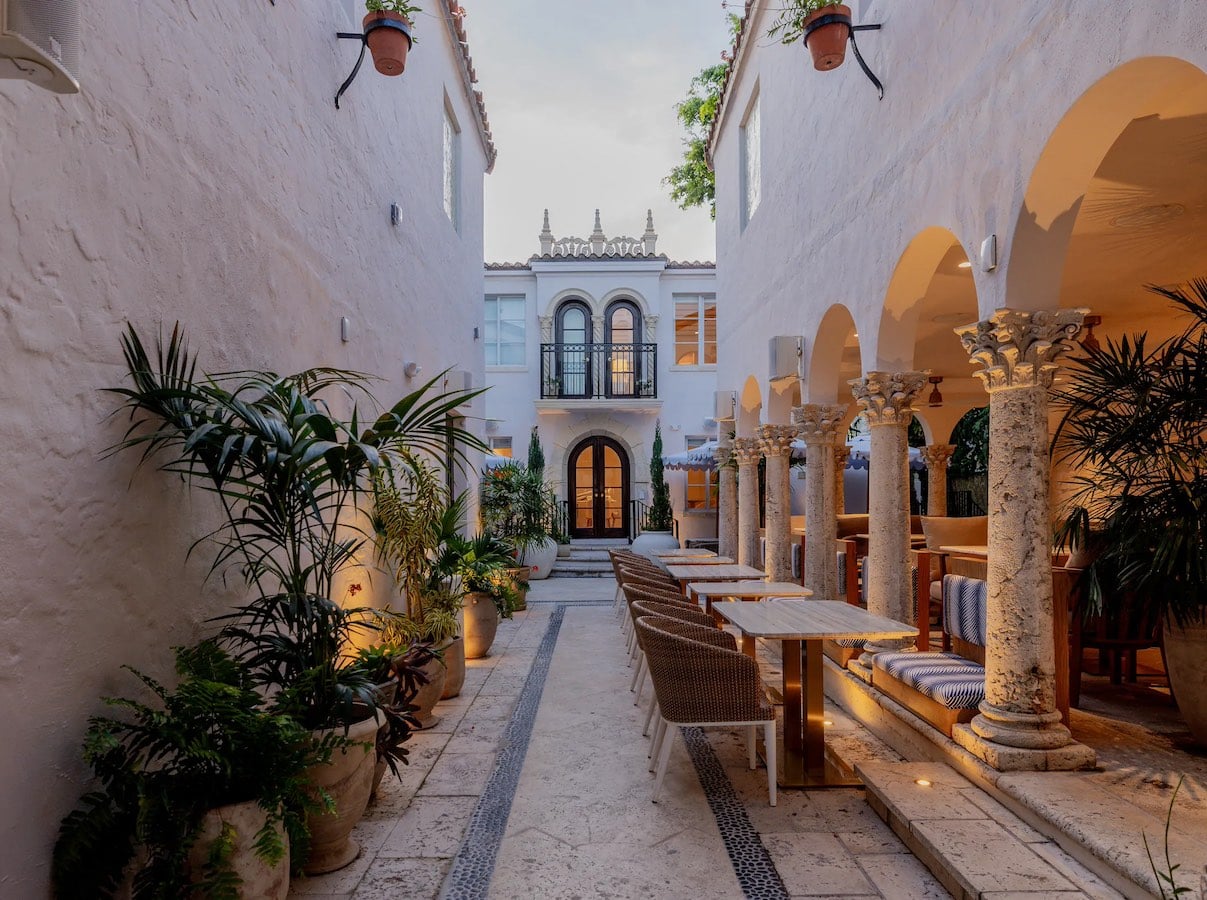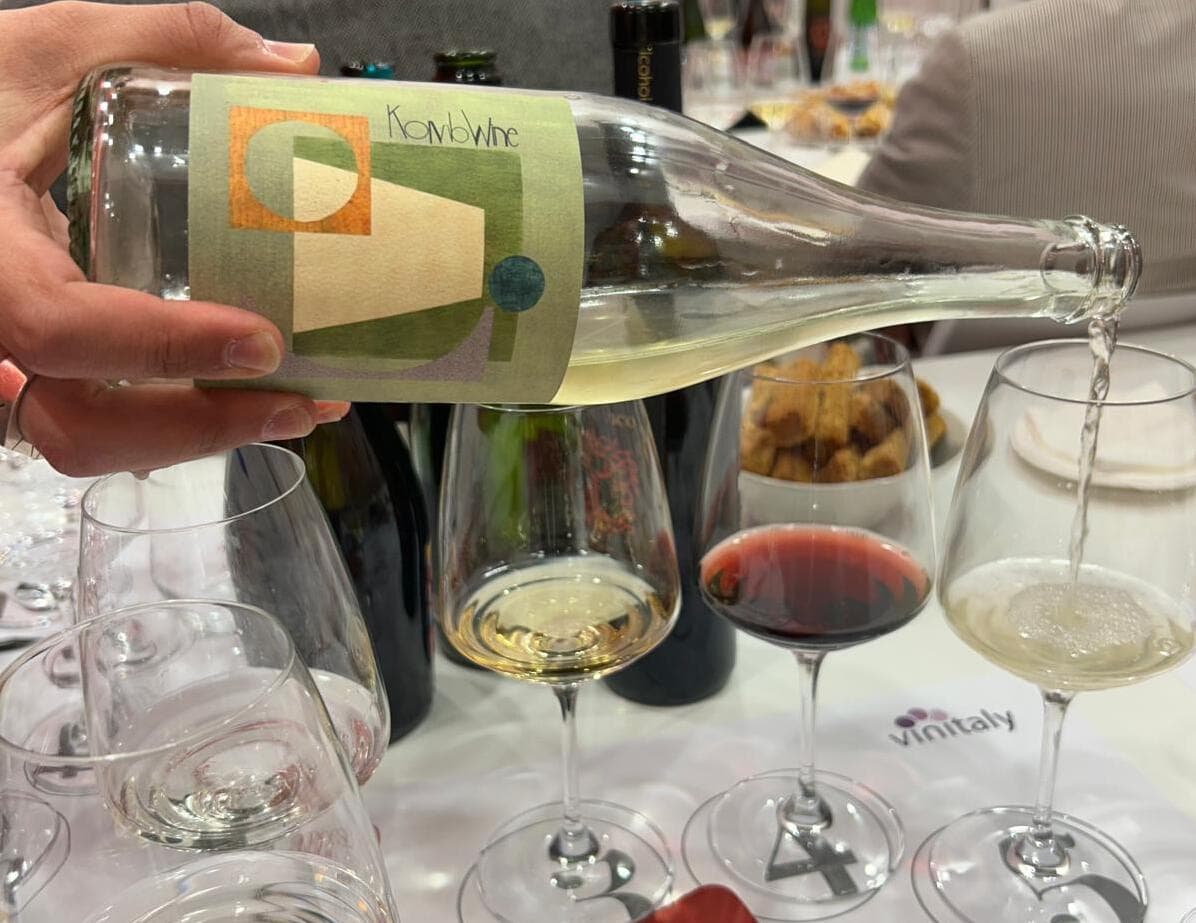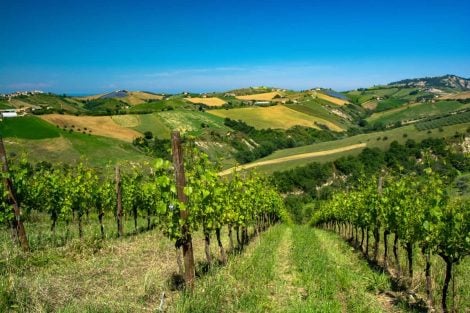How price influences the wine market
Does price create image? Certainly yes, at least for premium wines. Neurology studies advise against competitive pricing for luxury goods, at least according to the results of an experiment carried out at CalTech (California Institute of Technology) on the brains of wine consumers.
The cerebral activity of a panel of subjects was visualized by means of MRIs. They were offered two identical wines, and told, falsely, that one cost more than the other. The tasters didn’t have to say which they liked better or judge their quality, just taste them. The MRI registered their brain activity and printed out their responses. The wine that was said to be more expensive aroused more interest, affecting their judgment, or rather, the tasters’ perception of pleasure. The words “more expensive” stimulated their brains and activated their experience of pleasure more. This research confirms a study done years ago at the University of Bordeaux where so-called experts were asked to describe the characteristics of wines that were of different types and colors. The experts’ descriptions were similar, based on trite phrases and not on objective experience. Lovers of aromas and flavors that are often non-existent in wine were dismayed.
We have known for a long time that consumer psychology is complex. It’s not news that the quality/price relationship is becoming more important for ordinary wines whereas until a few years ago, it was a typical factor only for top-range wines. But the research in California provides a good argument for those who have affirmed for years that “price creates image”. That means that a wine that costs less, although of equal quality, is often perceived as inferior.



 Versace opens a super hotel with an Italian restaurant. Here's what Donatella Hotel & Restaurant in Miami will be like
Versace opens a super hotel with an Italian restaurant. Here's what Donatella Hotel & Restaurant in Miami will be like At The Crown Tirana, service and quality at the highest levels
At The Crown Tirana, service and quality at the highest levels We tasted Komb(w)ine, the new product that combines grape must and kombucha. Here’s our verdict
We tasted Komb(w)ine, the new product that combines grape must and kombucha. Here’s our verdict What changes for the export of Italian wines to China under the new regulations?
What changes for the export of Italian wines to China under the new regulations? “Forget dealcoholised wines. The future is Komb(w)ine.” Moser and Ravizza present a new grape must-based product
“Forget dealcoholised wines. The future is Komb(w)ine.” Moser and Ravizza present a new grape must-based product







